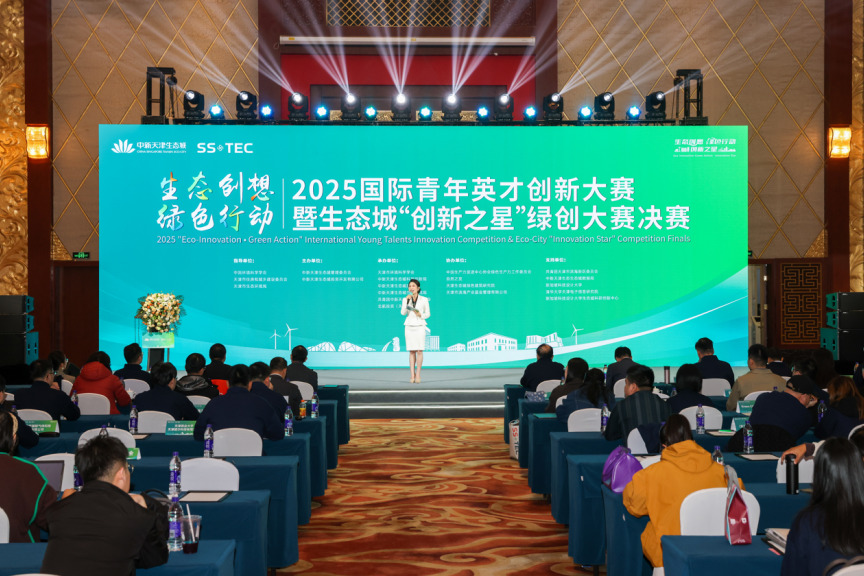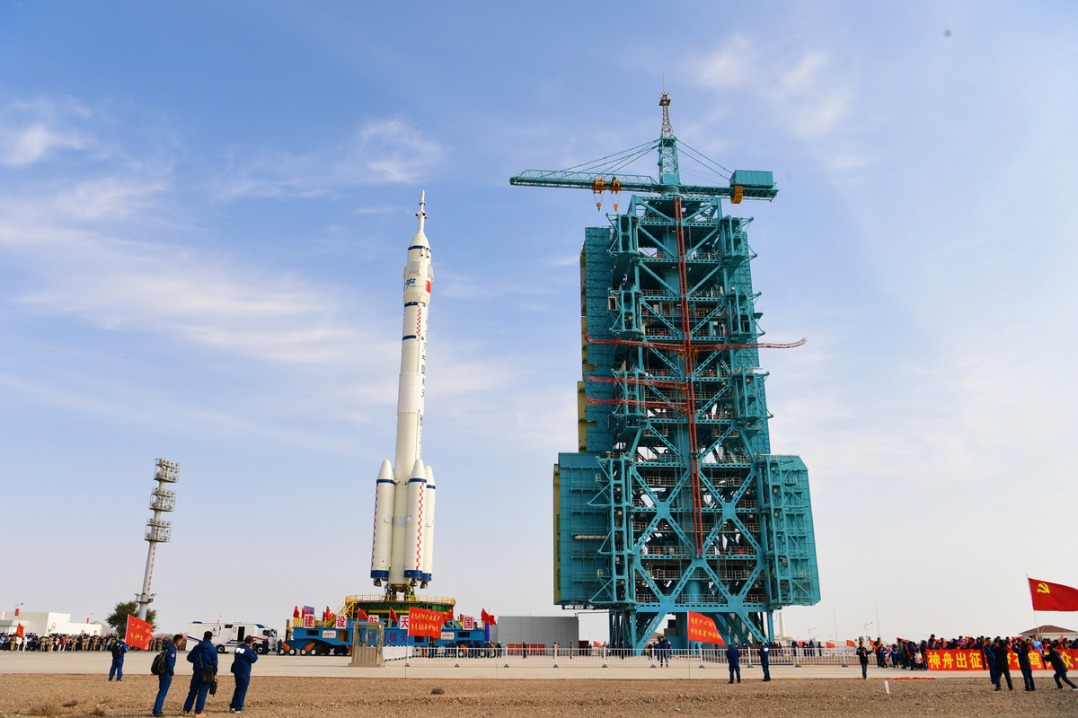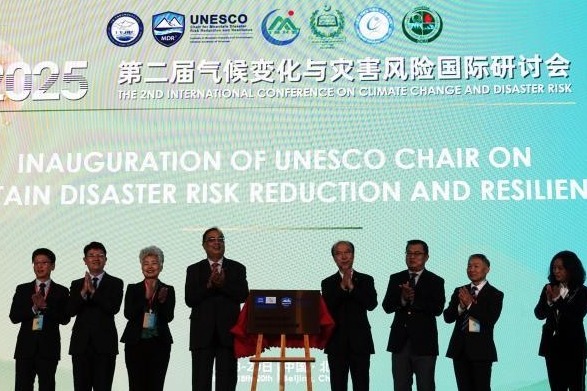China becoming key contributor to cosmic understanding, academician says

BEIJING -- China is transitioning from being a user of space technology to a major contributor to humanity's cosmic understanding, said Wang Chi, an academician of the Chinese Academy of Sciences (CAS) and director of the CAS National Space Science Center who recently outlined China's latest advances in space science.
China released a national medium-and-long-term plan for space science (2024-50) in October 2024. One year into the plan's implementation, China has achieved a series of important advancements, including deepened scientific experiments aboard its space station, steady progress in its deep space exploration missions, and accelerated research and development on a series of space science satellites, Wang said.
EXPANDING HUMAN KNOWLEDGE
In the exploration of the extreme universe, China's Tianguan satellite -- also named the Einstein Probe -- successfully captured a transient cosmic X-ray signal, designated EP240414a, providing a new perspective on the processes of stellar death.
Using samples collected from the far side of the moon during the Chang'e-6 mission, scientists have for the first time unveiled the evolutionary history of the moon's far side, including magmatic activity, the ancient lunar magnetic field, water content in the lunar mantle, and geochemical characteristics.
To date, China has distributed nine groups of lunar samples to domestic and foreign research teams. More than 100 papers have been published in Science, Nature, National Science Review and other leading journals, covering lunar basalt chronology, the physical and chemical properties of the samples, space weathering, impact processes and impact glasses. Among their findings, scientists have dated the youngest sampled lunar basalt to 2 billion years ago, extending the lunar evolutionary timeline by 800 to 900 million years -- a discovery hailed by international peer reviewers as "milestone research."
By combining data from China's Tianwen 1 orbiter with data from ESA and NASA Mars assets, scientists have also produced the first complete proton energy spectrum of a solar energetic-particle event in Martian space.
And inside China's space station, a containerless materials rack has melted a tungsten alloy at a heat of above 3,100 degrees centigrade, setting a new heating record for orbital materials science. Experiments with brain organoids have shown neurons migrating faster in microgravity than observed on Earth, suggesting that the space environment could accelerate cell motion in neural tissue -- a possibility that could aid the early diagnosis of brain disorders, as well as related therapy assessment and drug development.
DEEP-SPACE ROADMAP
Wang noted that new missions designed to tackle fundamental scientific questions and safeguard civilization are now underway or being studied.
China's planned Chang'e 7 and Chang'e 8 lunar missions will probe water ice, deep interior substances, internal structures and environmental resources, and will conduct surface experiments. These missions will lay the groundwork for a basic model of the International Lunar Research Station (ILRS), which will be capable of long-term autonomous operations and short-term human tending, enabling multidisciplinary science and Earth observations on an unprecedented scale.
In the realm of planetary exploration -- which addresses major frontier scientific questions such as the origin and evolution of the solar system, the impact of solar activity on Earth, and the search for extraterrestrial life -- China's plans include the Tianwen 3 mission to return samples from Mars, the Tianwen-4 mission to explore the Jupiter system, and a solar polar-orbit observatory.
China is also researching a mission in the area of asteroid defense. Its aim is to alter the orbit of an approximately 30-meter-diameter near-Earth asteroid through kinetic impact, and to conduct joint observations using ground-based and space-based equipment to comprehensively assess the impact effects and reveal its fragmentation and disintegration mechanisms, thereby addressing potential risks and threats.
In areas such as space weather detection, solar stereoscopic detection and outer heliosphere detection, the Sino-European Solar wind Magnetosphere Ionosphere Link Explorer (SMILE) mission has completed all relevant engineering development and is ready for launch in the first half of 2026.
"Kuafu-2," a key solar stereoscopic detection mission, has been officially approved and will carry out solar polar-orbit imaging observations. It is expected to see major breakthroughs in our understanding of the origin of the solar magnetic activity cycle and the sources of high-speed solar wind. Additionally, several space weather detection missions are in the study or engineering development stages, according to Wang.
China continues to deepen international cooperation. It is accelerating plans for the ILRS as a major scientific project. Cooperation agreements have been signed with 17 countries and international organizations, offering partners multiple levels and forms of cooperation opportunities, and steadily advancing scientific exploration, research, and resource development and utilization, Wang added.
- China becoming key contributor to cosmic understanding, academician says
- Xi's special envoy to attend inauguration of Seychelles' president
- Commemorating Taiwan's restoration reflects Chinese people's shared will
- China's top anti-graft body convenes to study principles of CPC plenum
- Major strontium ore deposit found in Jiangsu
- Sierra Leone hails Chinese investment as 'pivotal' to mining growth




































